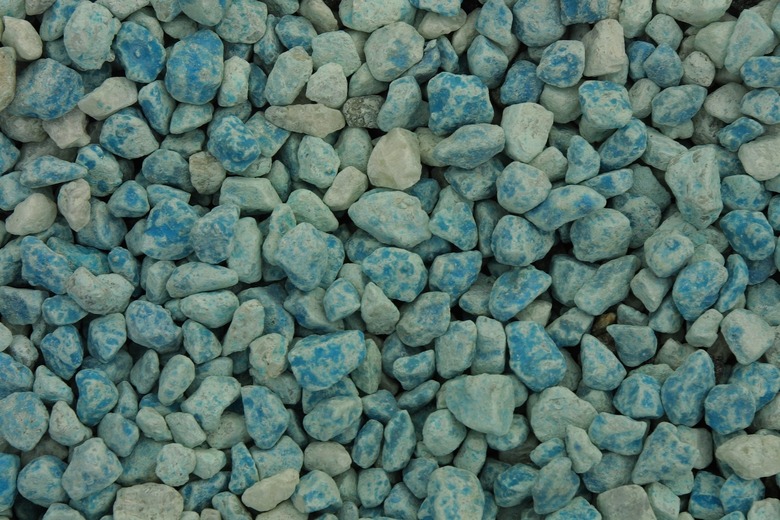Conversion Of LBM To Gallons
The unit of LBM describes pounds of mass. The "m" distinguishes the unit from pounds of force, where one pound-force is the force that gravity exerts on each pound of mass. If you know a substance's density in LBM per gallon, divide its mass by its density to find its volume in gallons. If you don't know this figure, take into account its density in a more common unit, such as pounds per cubic yard.
Step 1
Determine your substance's density. Some sources for this information include Pennsylvania State University and Georgia State University. For example, if you are calculating the volume of crushed gravel, you will see that gravel has a density of 2,700 pounds per cubic yard.
Step 2
Divide the material's mass, measured in LBM, by its density. For example, if you are converting a weight of 50 pounds: 50 ÷ 2,700 = 0.0185. This is the material's volume in cubic yards.
Step 3
Multiply this answer by 201.97, which is the number of gallons in a cubic yard: 0.0185 × 201.97 = 3.74. This is the material's volume, measured in gallons.
References
Cite This Article
MLA
Menezes, Ryan. "Conversion Of LBM To Gallons" sciencing.com, https://www.sciencing.com/how-8711487-conversion-lbm-gallons/. 7 August 2017.
APA
Menezes, Ryan. (2017, August 7). Conversion Of LBM To Gallons. sciencing.com. Retrieved from https://www.sciencing.com/how-8711487-conversion-lbm-gallons/
Chicago
Menezes, Ryan. Conversion Of LBM To Gallons last modified March 24, 2022. https://www.sciencing.com/how-8711487-conversion-lbm-gallons/
